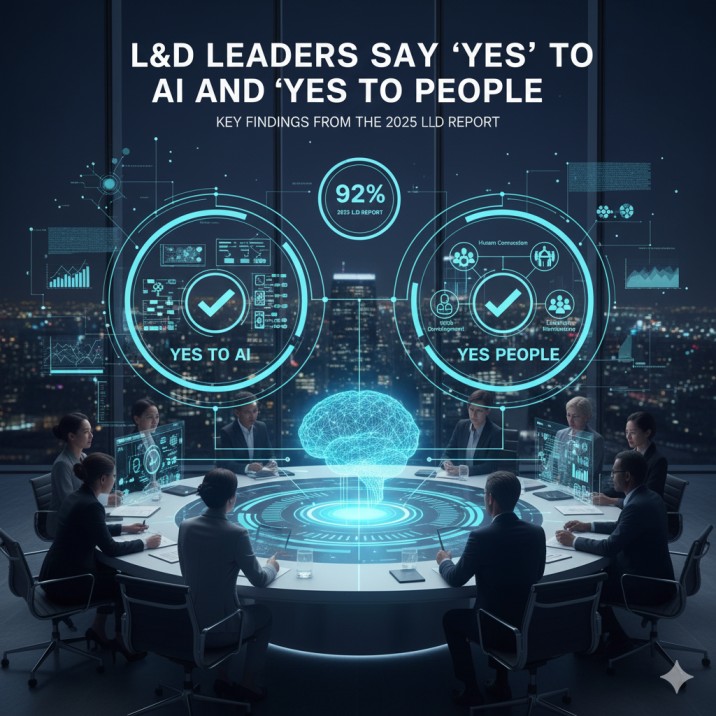Why the Head of Bloomsbury Says AI Can Kick-Start Creativity
Can a machine help humans become more creative?
Nigel Newton, the head of Bloomsbury, the publisher behind Harry Potter, believes it can. He recently shared that AI writing tools may not replace authors but instead help them overcome writer’s block and spark new ideas. He said that AI and human creativity in publishing can work together rather than compete.
According to a 2025 PwC study, 72 percent of creative professionals already use AI tools to boost their productivity and idea generation. This shows that AI writing tools for authors are becoming a natural part of the creative process.
AI as a Creative Partner, not a Threat
Newton explained that AI should be seen as a “co-pilot” for writers. Many people in publishing fear AI will copy or reduce human imagination, but he believes it can inspire fresh thinking instead. When writers hit a block, AI can suggest plots, rewrite dull lines, or even help create believable characters.
This approach fits perfectly within Bloomsbury’s AI perspective — a focus on partnership between technology and imagination. AI can be a brainstorming buddy that never gets tired. Authors can feed it rough ideas and get unique directions they might never think of alone.
AI for content generation has already helped many journalists and copywriters draft articles faster. But for creative writing, it’s more about inspiration than automation. AI tools can suggest “what if” questions that push writers to think beyond their comfort zone.
Suggested Read: Dominate Content Jobs with AI Writing Certification
How AI Helps Authors Beat Writer’s Block
Writer’s block is something every author faces. The blank page can feel like a wall. AI tools can offer creative prompts, suggest alternative story arcs, or even mimic different writing tones to help writers see their work in a new light.
Many authors already use ChatGPT, Gemini, or Claude to brainstorm or summarize long drafts. According to OpenAI’s 2025 data, writers using generative AI report a 40 per cent improvement in idea generation speed.
This does not mean AI does the work. It means AI gives writers a push when they feel stuck. Newton’s view echoes this: creativity is still deeply human, but technology can make the journey smoother.
Suggested Read: AI Content Writing Trends 2026
The Changing Face of the Publishing Industry
The publishing world is evolving fast. Many publishers now experiment with AI-assisted editing and marketing. AI tools can scan manuscripts to predict audience response or highlight overused words.
Bloomsbury’s AI perspective is that such tools make the process smarter and faster. Editors get more time to focus on storytelling, while AI handles repetitive tasks. This shows how creative industry AI applications can free humans to do what they do best — create.
AI also makes publishing more inclusive. People who find it hard to write due to language or learning barriers can now express their ideas clearly with AI help. That means more voices and more stories reaching readers worldwide.
Suggested Read: Master AI Writing Certification for Content Creation Success
AI and Creativity in the Real World
Several best-selling authors have already spoken about their use of AI writing tools. Science fiction writer Robin Sloan has said AI helps him “collaborate with the unknown.” The novelist used machine-learning tools to shape unusual sentences that sparked new ideas.
In journalism, media outlets use AI for summarizing interviews or sorting through large data sets. In poetry and music, artists use generative models to explore rhythm and mood. These are real examples of how AI and human creativity in publishing can move together rather than apart.
Even scriptwriters are using AI to test dialogues and scene transitions before presenting them to producers. This is saving time while keeping creativity at the center.
Suggested Read: How ChatGPT and Gemini Are Redefining Creativity in Writing
The Emotional Side of AI Collaboration
Newton pointed out that writing is emotional work. It is about joy, pain, and curiosity. AI cannot feel emotions, but it can help shape how they are expressed. When a writer sees a machine rephrase their sentence or build a visual description, it can spark an emotional response that fuels better storytelling.
Some authors describe this as “creative mirroring”. The AI reflects their ideas back at them in new forms. It helps them see their story from a distance and make creative choices more confidently.
That blend of human instinct and machine suggestion is what makes this new phase of creativity so exciting.
The Future of Writing with AI
As AI grows smarter, it will become even more personalized. Writers may soon have AI assistants trained on their style, tone, and favorite genres. Instead of fearing loss of originality, the creative industry can see this as an expansion of imagination.
Newton’s belief signals a larger shift, one where publishers, writers, and editors use AI responsibly to enhance creativity. AI for content generation will continue to evolve, but the heart of storytelling will always stay human.
Why Learning AI Writing Skills Matters Now
The new wave of AI tools means both organizations and individual creators need to learn how to use them properly. Those who understand AI writing tools for authors can save time, improve creative flow, and stay ahead in publishing.
That is why earning an AI Writer Certification from AI CERTs can be a smart move. The certification helps professionals and storytellers learn to use AI safely and creatively, blending human emotion with machine precision.
If you want to grow in the publishing world or explore new creative industry AI applications, learning these skills is the key. AI is not here to replace creativity — it is here to kick-start it.
Recent Blogs

FEATURED
10 Ways AI Is Giving a New Life to Bitcoin Mining Infrastructure
November 19, 2025
FEATURED
Bitcoin Eyes $125K as AI Signals a Big Move — Here’s the Story Behind the Numbers
November 19, 2025
FEATURED
AI Agents Helping Enterprises Stay Compliant—Thanks to Salesforce
November 19, 2025
FEATURED
Why L&D Leaders Are Saying ‘Yes’ to AI and ‘Yes’ to People: Key Findings from the 2025 L&D Report
November 19, 2025
FEATURED
Exploring the AI Leap from C.H. Robinson’s Agentic Platform
November 19, 2025

